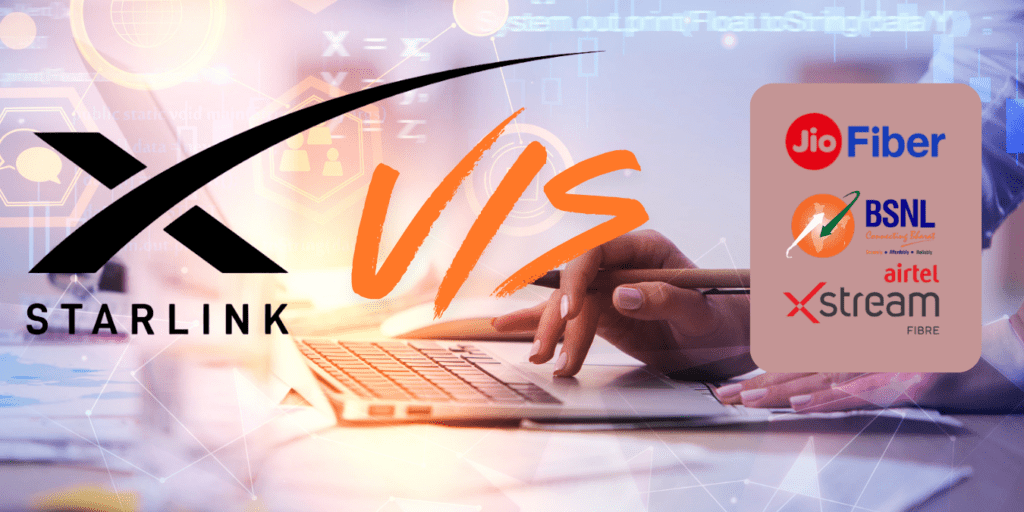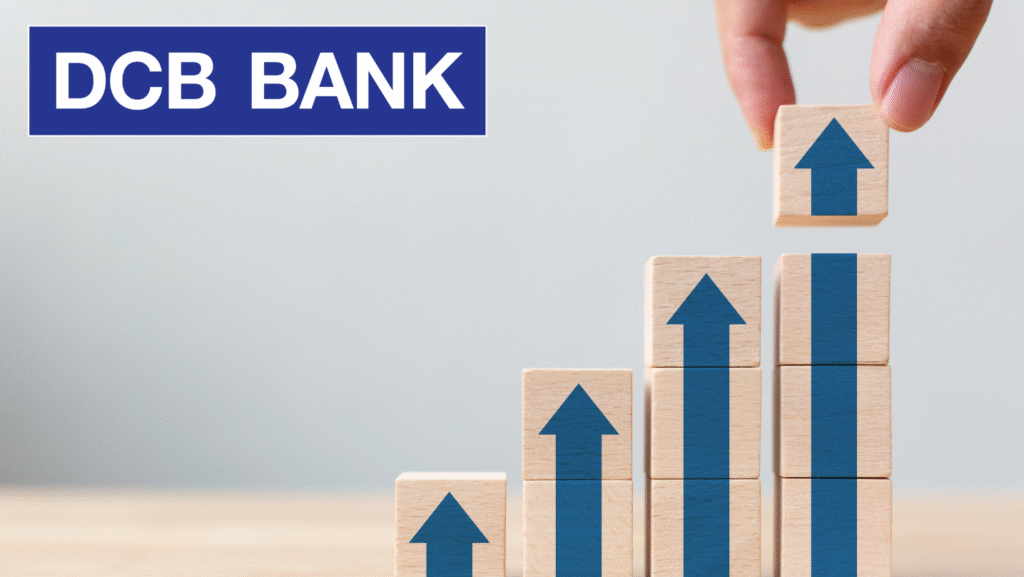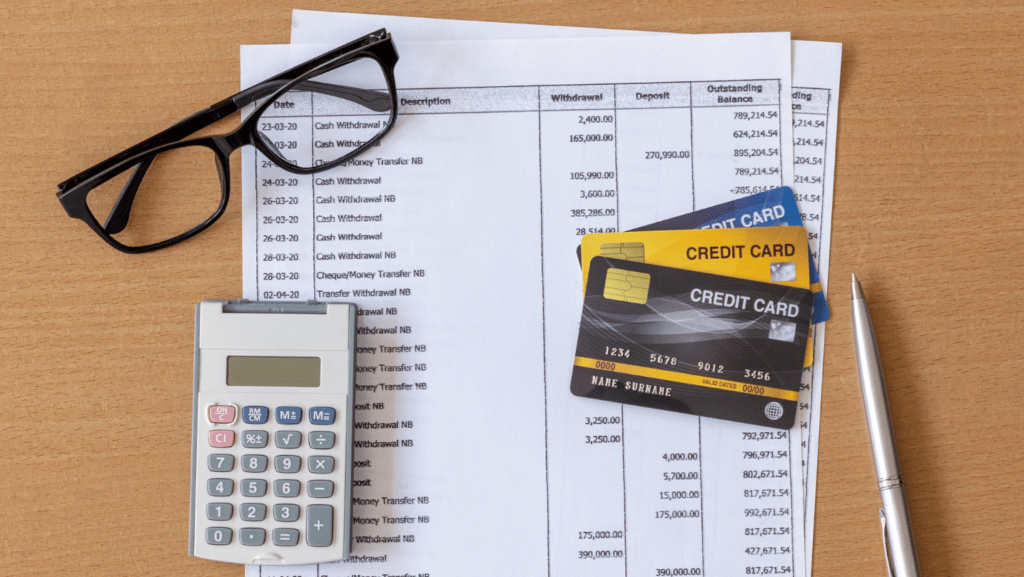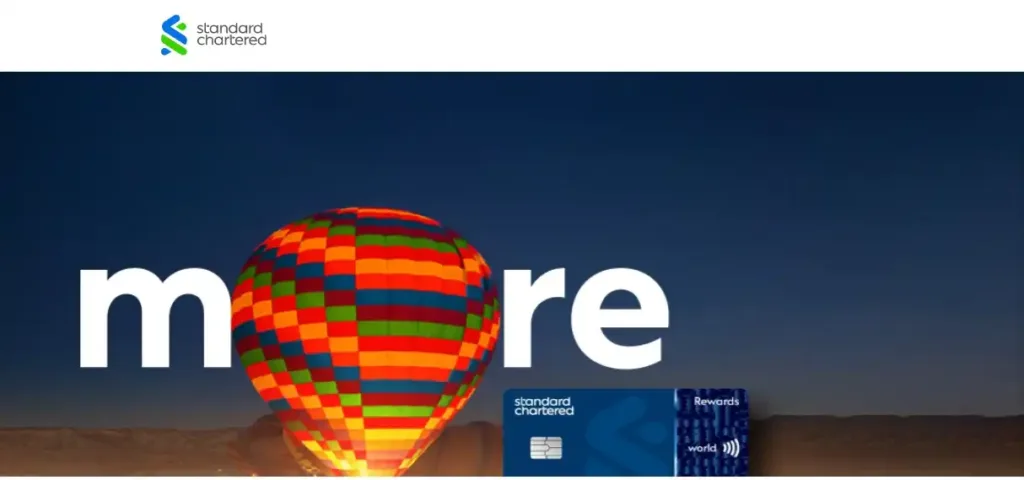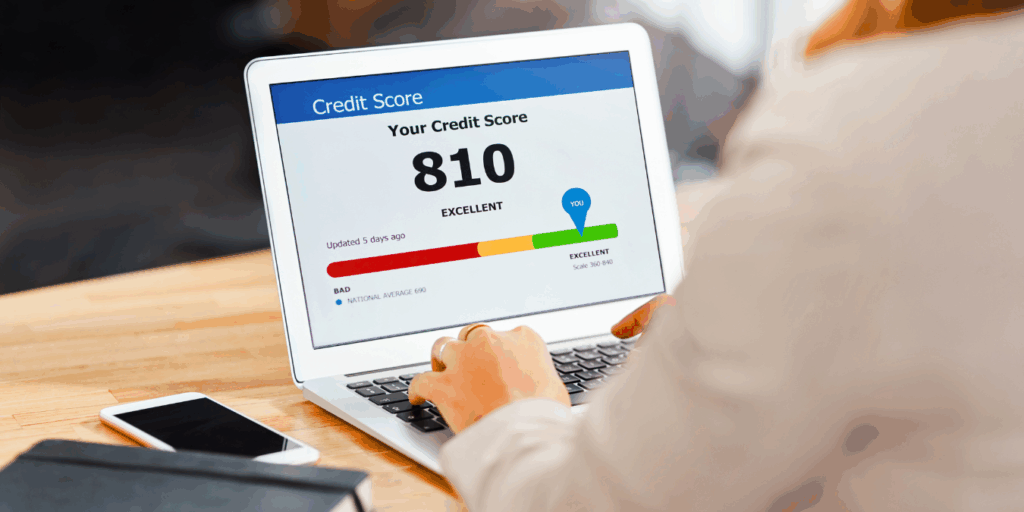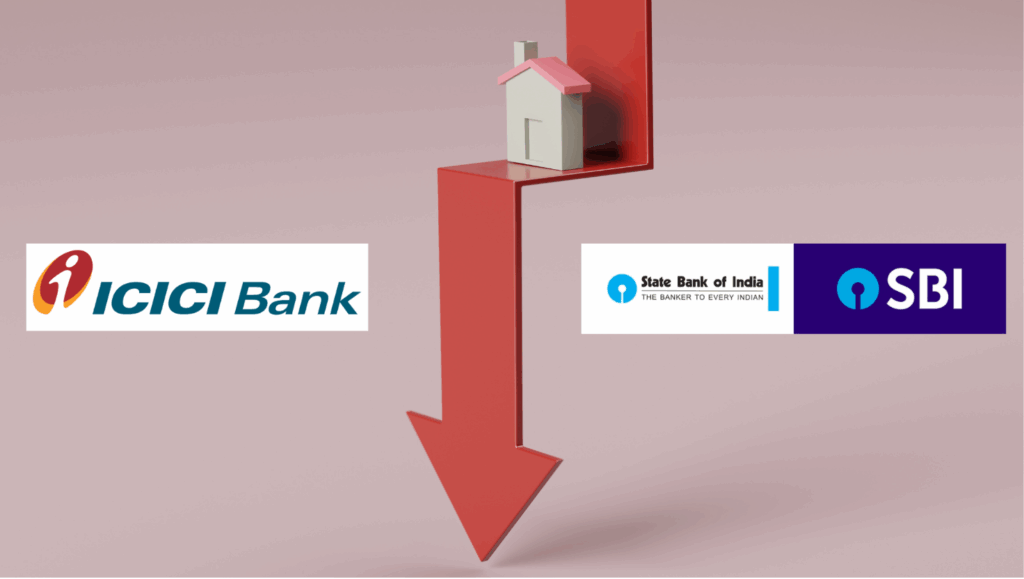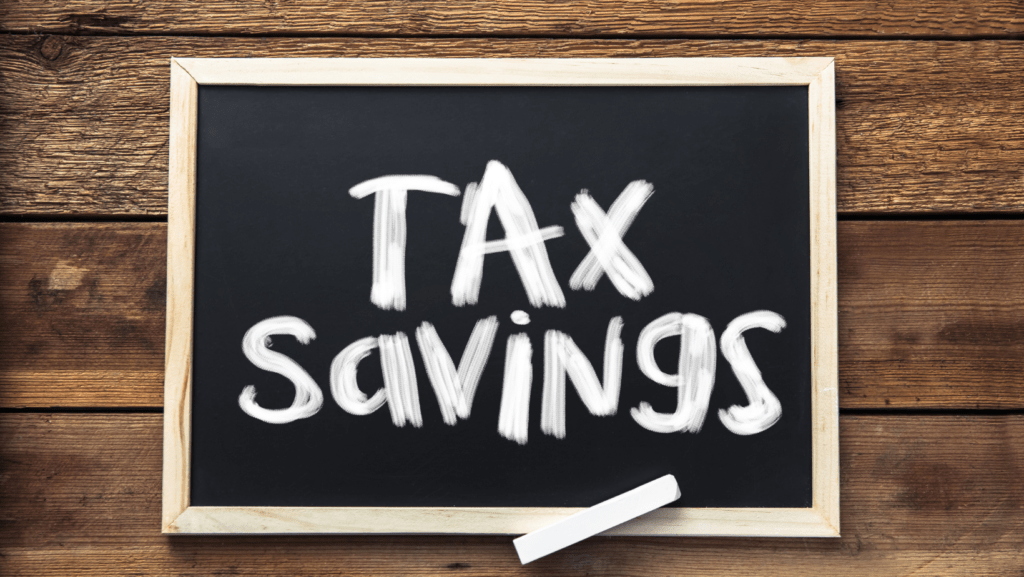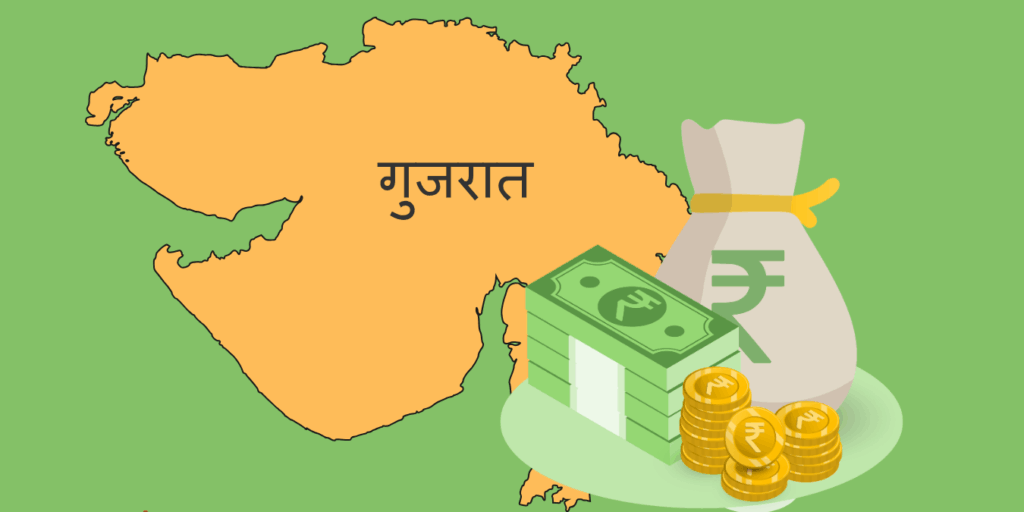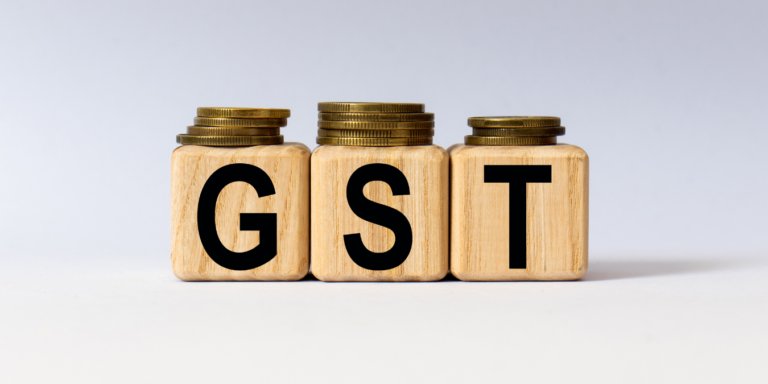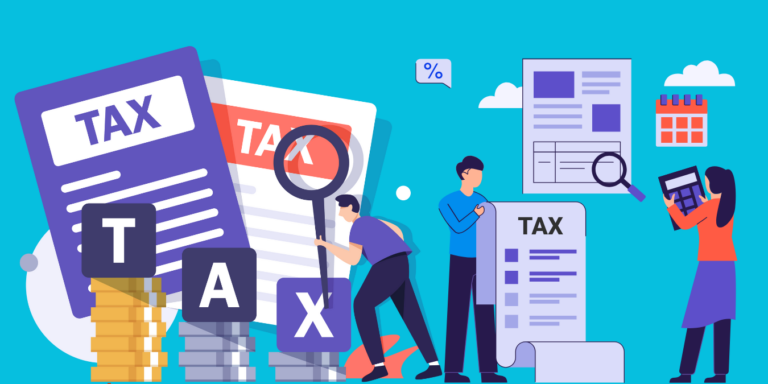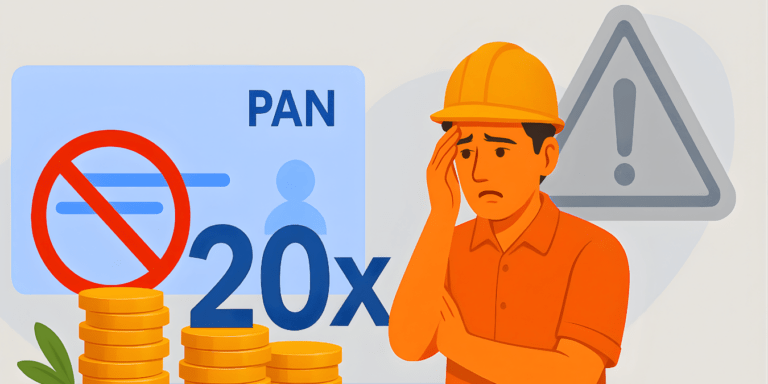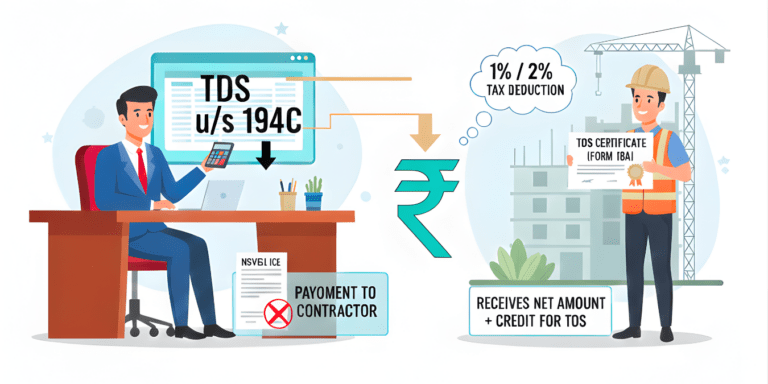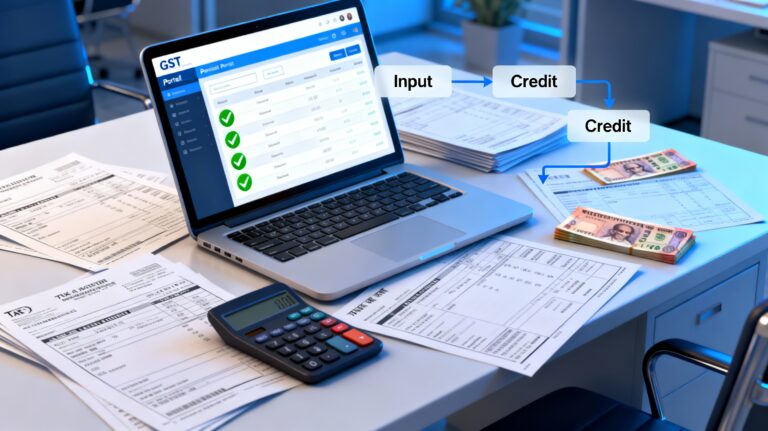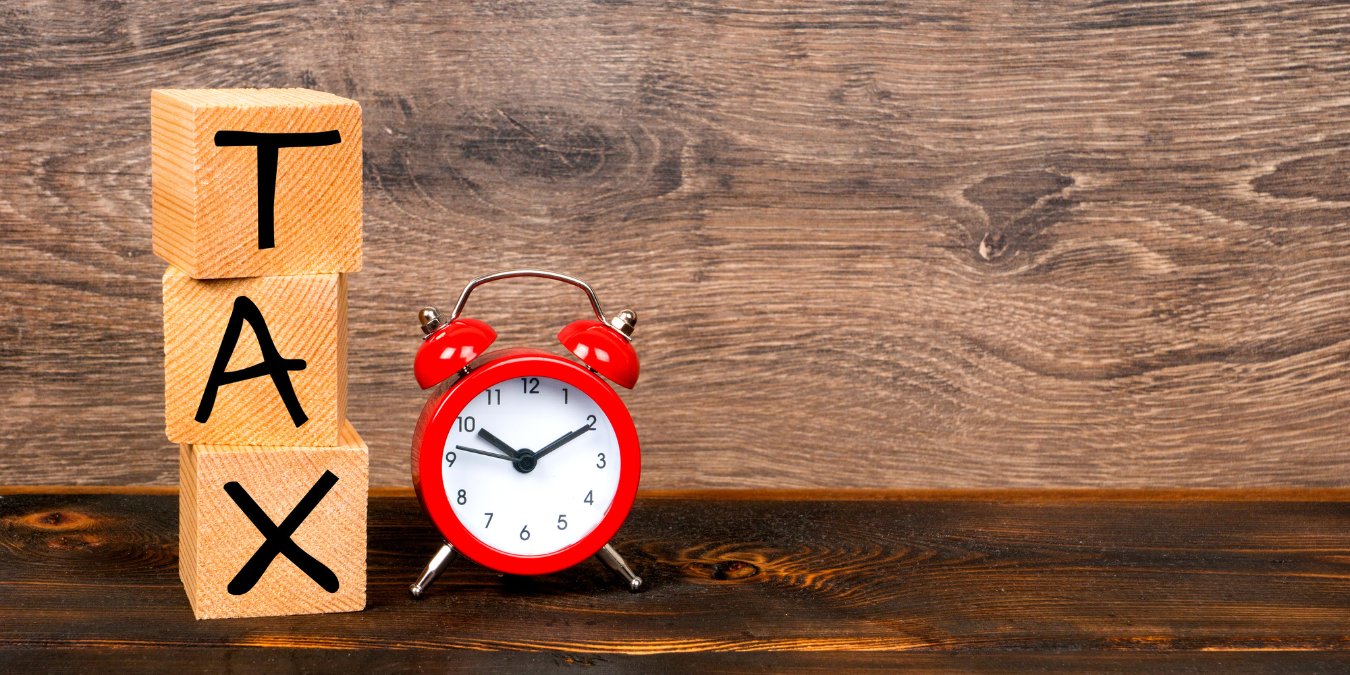
6 Surprising Deductions You Can Still Claim in 2025’s New Tax Regime
The deductions you can still claim under India’s new tax regime for FY 2025-26! With rising costs and new tax laws, unlocking these hidden savings—like the Rs 75,000 standard deduction—can slash your tax bill. Why are salaried Indians buzzing about these changes?
The new tax regime introduced in India has become the default tax option from FY 2023-24, continuing into FY 2025-26 (Assessment Year 2026-27). While offering lower tax rates, this regime significantly trims down the deductions and exemptions compared to the old tax regime. Understanding which deductions remain allowed under the new tax regime for FY 2025-26 can help taxpayers optimize their tax planning effectively. This article provides a thorough, detailed explanation, backed by the freshest 2025 data, tailored for Indian salaried and individual taxpayers.
Why Understanding New Tax Regime Deductions Matters in 2025-26
As India’s tax laws evolve, the government has emphasized simplicity and lower tax rates through the new tax regime. However, that comes at the cost of most traditional deductions and exemptions traditionally claimed through investments and allowances. Taxpayers now face the challenge of understanding exactly what deductions they can still claim for FY 2025-26, ensuring they do not miss out on legitimate savings while benefiting from lower slab rates. This post delves into the nuances of allowable deductions, helping taxpayers in India make informed filing decisions for the financial year 2025-26.
What Is the New Tax Regime? A Quick Overview
The new tax regime, introduced under Section 115BAC of the Income Tax Act, offers taxpayers an option to pay tax at reduced slab rates but with minimal exemptions and deductions compared to the old tax regime. It has become the default tax regime from FY 2023-24, aiming to simplify income tax calculation and widen the taxpayer base.
Key Features:
- Lower tax slab rates designed to reduce overall tax burden.
- Most traditional deductions and exemptions, like Section 80C investments, House Rent Allowance (HRA), and home loan interest, are disallowed.
- Salaried individuals can still claim specific limited deductions.
- The rebate under Section 87A has been substantially raised to Rs 60,000, allowing individuals with income up to Rs 12 lakh to pay zero tax after rebate.
- The basic exemption limit is increased to Rs 4 lakh from Rs 3 lakh, benefiting taxpayers in low-income brackets.
Deductions Allowed Under the New Tax Regime for FY 2025-26
While the new tax regime restricts most deductions, a few crucial ones remain either available directly to individuals or through employer contributions. These deductions are vital for reducing taxable income and enhancing take-home pay.
1. Standard Deduction for Salaried Individuals
- A significant increase in the standard deduction has been implemented from FY 2025-26.
- The standard deduction is now Rs 75,000 (up from Rs 50,000 previously).
- This applies to all salaried and pensioner taxpayers.
- This deduction is automatically allowed without requiring any investment proof.
2. Employer’s Contribution to National Pension System (NPS) (Section 80CCD(2))
- Employer contributions to the NPS Tier-I account remain tax-exempt up to 14% of basic salary (for government employees) and up to 10% for private-sector salaried employees.
- This deduction cannot be claimed directly by the employee; it’s allowed only when made by the employer.
3. Family Pension Deduction
- Available to claim up to one-third of family pension or a maximum of Rs 15,000.
4. Agniveer Corpus Fund Deduction (Section 80CCH)
- Applicable for individuals contributing to the Agniveer Corpus Fund.
- The contribution amount is fully deductible.
5. Transport Allowance for Specially Abled Individuals
- This allowance continues to be exempt under the new tax structure.
- Available only to employees declared specially-abled as per government norms.
Deductions and Exemptions Not Allowed Under the New Tax Regime
The new tax regime eliminates many popular deductions, requiring taxpayers to adjust their financial planning. Below are key exemptions no longer available:
- Section 80C Investments: PPF, ELSS, life insurance premiums, and NSC are not deductible.
- House Rent Allowance (HRA): Rent payments no longer qualify for tax relief.
- Home Loan Interest: Section 24(b) deductions for self-occupied property interest are disallowed.
- Health Insurance Premiums: Section 80D benefits for medical insurance are unavailable.
- Education Loan Interest: Section 80E deductions are not permitted.
- Charitable Donations: Section 80G exemptions for donations are excluded.
- Leave Travel Allowance (LTA): Travel-related exemptions are not allowed.
- Savings Account Interest: Section 80TTA/TTB deductions for interest are discontinued.
- House Property Loss Set-Off: Losses from house property cannot offset other income.
- Additional Depreciation: Section 32 benefits for businesses are not applicable.
Tax Slabs and Rebate Under New Tax Regime for FY 2025-26
The new tax regime offers simplified tax slabs, reducing liability for many. The increased Section 87A rebate further enhances savings, especially for middle-income groups.
Updated Tax Slabs for FY 2025-26
| Income Range (Rs) | Tax Rate (%) |
| Up to 4,00,000 | Nil |
| 4,00,001 to 8,00,000 | 5% |
| 8,00,001 to 12,00,000 | 10% |
| 12,00,001 to 15,00,000 | 15% |
| 15,00,001 to 20,00,000 | 20% |
| 20,00,001 to 24,00,000 | 25% |
| Above 24,00,000 | 30% |
Section 87A Rebate
- Rebate Amount: Rs 60,000 for taxable income up to Rs 12 lakh.
- Impact: Zero tax liability for incomes up to Rs 12 lakh after rebate.
- Benefit: Significant relief for salaried and middle-class taxpayers.
How to Optimize Savings Under the New Tax Regime?
Maximizing savings under the new regime requires strategic planning. Follow these steps to ensure you leverage all available deductions effectively.
Step-by-Step Guide to Tax Savings
- Calculate Income After Standard Deduction
Deduct Rs 75,000 standard deduction from your gross salary to find taxable income. - Assess Employer Contributions
Confirm with your employer contributions to NPS and ensure deduction applies. - Compare Tax Payable in Both Regimes
Use online tax calculators to input your income and deductions under both old and new regimes to choose the most beneficial. - Reconsider Investments for Tax Saving
Since Section 80C and others are disallowed, investments purely for tax saving may not reduce tax in new regime but may serve long-term goals. - Plan for Health Insurance and Other Benefits Independently
You won't get 80D benefits under new regime; hence plan health insurance purchases accordingly.
Pro Tips for Indian Taxpayers in 2025-26
- The new tax regime is advantageous primarily for taxpayers earning between Rs 5 lakh and Rs 15 lakh who do not claim many deductions.
- Taxpayers with sizeable investments under 80C or home loan interest generally benefit more from the old tax regime.
- Keep track of employer benefits to leverage employer-linked deductions like NPS contributions.
- Regularly update yourself on tax revisits at budget announcements like 2026, as deduction rules can change.
- Consider filing a provisional tax return under both regimes in the first year to compare benefits.
Common Mistakes to Avoid Under the New Tax Regime
- Assuming all old regime deductions continue—many are disallowed.
- Overlooking standard deduction increase to Rs 75,000.
- Not confirming employer contributions' impact on taxable income.
- Ignoring the increased rebate under Section 87A.
- Failing to compare both regimes before filing tax returns.
Featured Snippet: Key Takeaways on Deductions Allowed Under New Tax Regime (FY 2025-26)
Here is a detailed table summarizing the deductions allowed under the new tax regime for Financial Year 2025-26 (Assessment Year 2026-27):
| Deduction Type | Section/Rule | Allowed | Description and Limits |
| Standard Deduction | N/A | Yes | Rs 75,000 for salaried and pensioners |
| Employer’s NPS Contribution | 80CCD(2) | Yes | Up to 14% (government) or 10% (private) of basic salary |
| Family Pension Deduction | N/A | Yes | One-third of pension or Rs 15,000, whichever is less |
| Agniveer Corpus Fund | 80CCH | Yes | Full contribution deductible |
| Transport Allowance (Disabled) | N/A | Yes | Exempt for specially-abled employees |
| Section 80C Investments | 80C | No | PPF, ELSS, etc., not allowed |
| House Rent Allowance (HRA) | N/A | No | Not allowed |
| Home Loan Interest | 24(b) | No | Not allowed for self-occupied property |
| Health Insurance Premium | 80D | No | Not allowed |
| Education Loan Interest | 80E | No | Not allowed |
| Charitable Donations | 80G | No | Not allowed |
| Leave Travel Allowance (LTA) | N/A | No | Not allowed |
| Savings Account Interest | 80TTA/80TTB | No | Not allowed |
| Senior Citizen Interest | 80TTB | Yes | Allowed |
Final Thoughts and Next Steps for Taxpayers
Navigating the deduction landscape under the new tax regime for FY 2025-26 can seem challenging, but armed with the right information, Indian taxpayers can efficiently plan their taxes. The major takeaway is that the new tax regime simplifies tax slabs and offers fewer deductions, with a few key allowances like the increased Rs 75,000 standard deduction and employer NPS contributions.
Practical next steps:
- Calculate tax payable considering the mandatory standard deduction.
- Check employer contributions to NPS and other benefits.
- Use online calculators to compare tax outcomes under old and new regimes.
- Plan investments considering that most traditional deductions (80C, HRA, home loan interest, 80D) are disallowed.
- Decide on the tax regime annually while filing returns based on income and deductions.
Adapting your tax planning in line with these updated rules will maximize savings and ensure compliance in FY 2025-26 for a financially savvy future.

